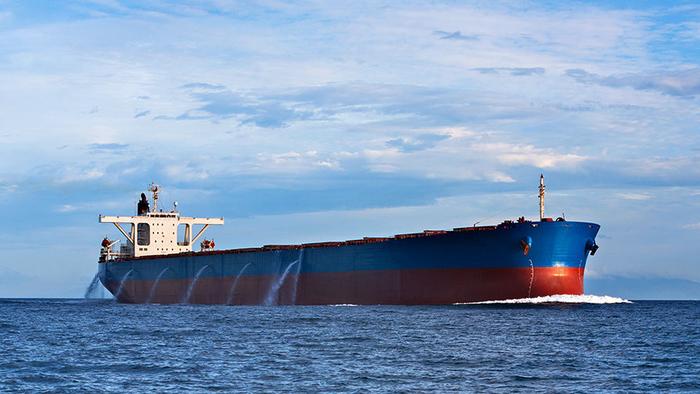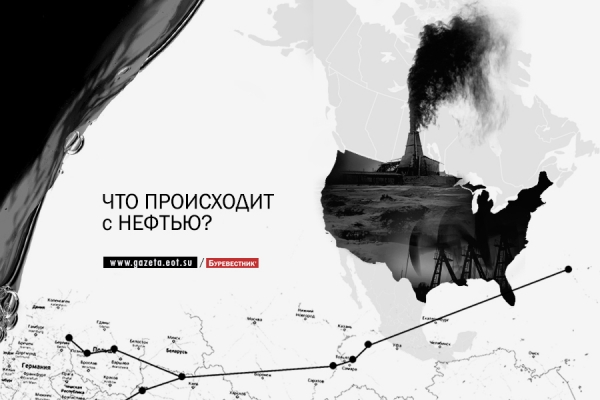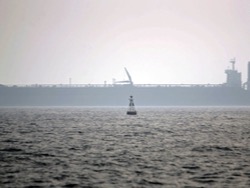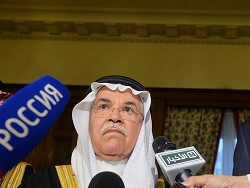For Russia, the export potential of Iranian oil in the near future will be reduced significantly
Aleksey Topalov
 Shutterstock
Shutterstock
Iran continues to increase oil exports and could increase its production to 5 million barrels per day. In any case, technical capability the Iranians have and the market conditions, according to experts, while this favor. But that would mean that about the freezing of production of world leaders of oil production to re-negotiate will not. On the other hand, in the short term, the export potential of Iran will considerably decrease, and first of all for Russia, whose oil gradually displaces the Iranian.
The Islamic Republic of Iran by force is increasing oil supplies to its major customers — China, Japan, India and South Korea. According to Reuters, in September the export of Iranian oil to these countries compared to the same period last year increased by 73% and reached 1.8 million barrels per day (total export of Iran 2-2,1 million barrels per day).
Exports to India and South Korea more than doubled to 552,2 thousand and 406 thousand barrels per day. Japan increased its purchases by 80% – to 313 thousand barrels per day. Deliveries in China rose 18% to 492,5 thousand barrels.
In August, according to a report published by the Iranian Ministry of oil, oil supplies from Iran to Asian countries amounted to 1.7 million barrels, which in annual terms represented an increase of 92%.
In 2010, the West imposed sanctions against Iran related to Iran’s nuclear program. The restrictions, among other things, affected the oil exports of this country that has led to the reduction of production. “However, initially consumers of Iranian oil sanctions boycotted, so exports and production in Iran began to fall only in 2012” — says a leading expert of the Union of Industrialists of Russia Rustam Tankan.
And if before the sanctions Iran produced about 4 million barrels a day in 2014 daily production was just over 3 million barrels. But in 2015, the production gradually began to recover. And after that, in January, the sanctions were lifted, Iran began to build production and exports, trying to regain market share lost over the duration of the restrictions.
At the moment Iran is very close to pre-sanctions levels of production. As said in mid-October, the managing Director of national Iranian oil company (NIOC) Ali Kardar, in September production reached 3.9 million barrels per day. In this case OPEC, according to Cardona, lowers the rate of production of Iran (according to the cartel, in September, they made up 3.65 million barrels). The Minister of oil of Iran Bijan Namdar Zanganeh, in turn, said that Iran has already reached the pre-sanctions level.
“Iran is technically able to raise production to 5 million barrels per day, warns Rustam Tankan. — And so it was, for example, in the year 2000. And in 1974, Iran showed its peak of 6 million barrels a day.”
According to experts, the growth of production became possible after Iran regained control over the deposits, located near the border with Iraq.
However, Iran’s attempts to increase production and export are contrary to the intention of OPEC and producers outside the cartel, to freeze or even to reduce the level of oil production.
This issue must be resolved at the OPEC meeting on November 30. By the way, the Minister of energy of Azerbaijan Natig Aliyev at the end of last week said that the agreement will depend primarily on the positions of Iran and Iraq. The latter said earlier that he should be granted special terms, as Iraq is at war with terrorists.
Rustam Tankan believes that while market conditions are favorable, Iran will increase production and, therefore, can hardly be a question of fixing it or even more reduction. But in the case of Iran, everything depends on the export capacity, according to Tankaev, now amounts to 1.5 million barrels a day.
That is, in the near future, Iranian oil exports should be reduced. “And the main role in this will play Russia”, — said the expert.
This is due, firstly, with the agreement that this year “Rosneft” has signed with India. According to estimates Tankaeva when they are implemented, Russia will get about 20% of the Indian market (30 million of the 150 million tonnes). And to put the Russian Federation will be basically no oil, and Venezuela (the same “Rosneft” has signed with Venezuela an agreement to swap, that is, counter supplies). “Indian factories (along with American) — one of the few who can afford to process “heavy” Venezuelan crude,” explains Tankan.
Change the situation in the oil markets of Europe. Iran now sells to EU their oil at dumping prices. Previously was engaged in the same Saudi Arabia, but it is, according to Tankaev, out dumping agreement. “In the near future from him, most likely, will come and Iran, — the expert believes. And Russia will be on hand all the trumps.”
The fact that Russia (and more specifically “Rosneft”), in contrast to Iran, holds a completely different oil policy. Instead of dumping, it creates with partners-consumers of the joint venture.
The head of “Rosneft” Igor Sechin on October 21 said that from 2005 to 2015, the company’s share in the world market increased from 1.9 to 4.9%, and the recent acquisition of “Bashneft” has increased this share to 5.4%.







